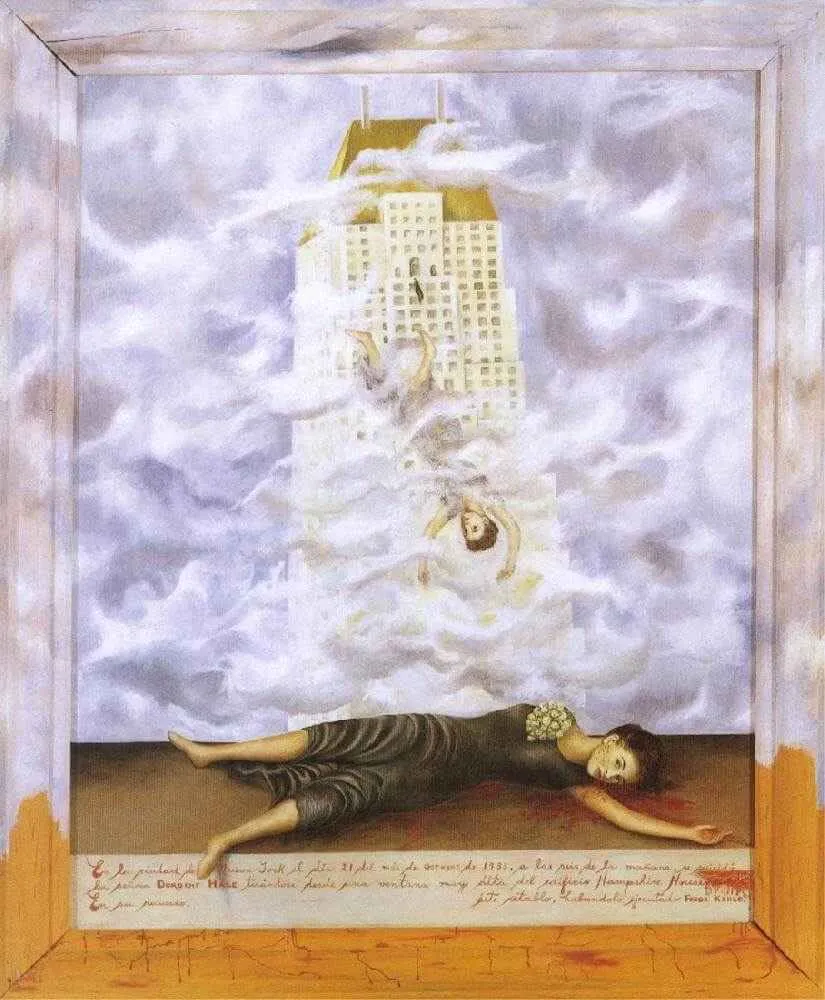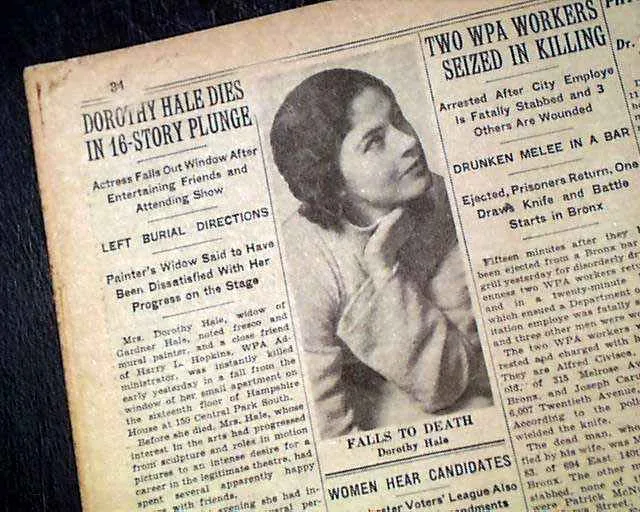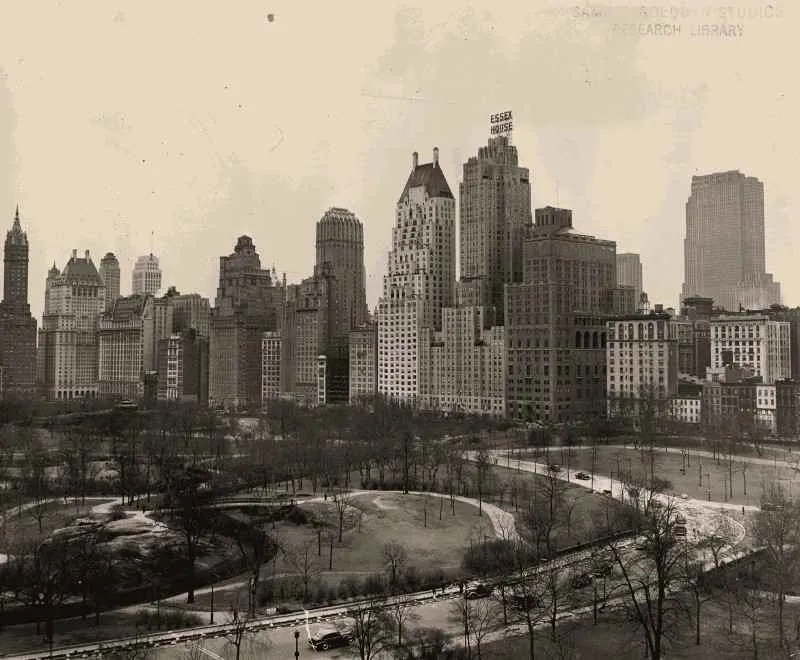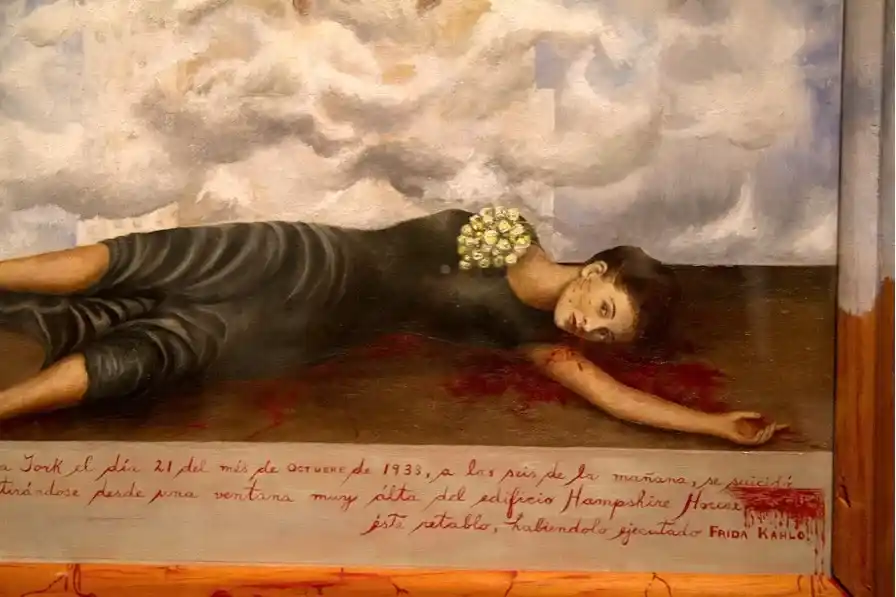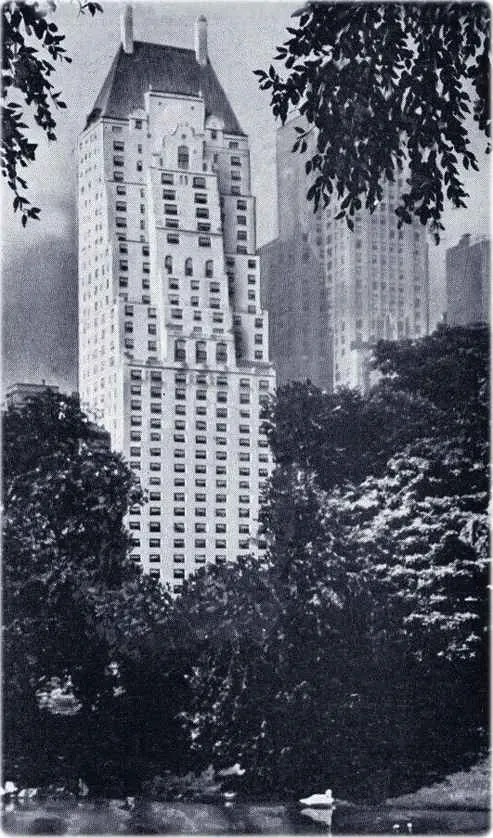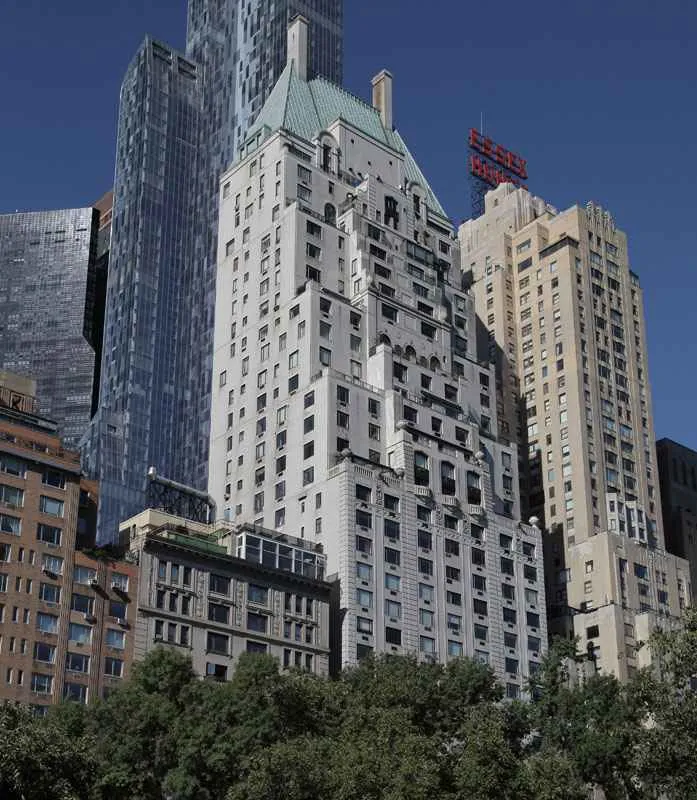At 150 Central Park South stands the Hampshire House—a building with a dark history, immortalized in a painting by Frida Kahlo titled The Suicide of Dorothy Hale.
This powerful artwork is housed at the Phoenix Art Museum, and at the bottom of the painting, Kahlo included an inscription describing the tragic event:
“In New York City, on the 21st of October, 1938, at 6:00 in the morning, Dorothy Hale committed suicide by throwing herself from a very high window in the Hampshire House. In her memory, this retablo was executed by Frida Kahlo.”
A Glamorous Life Turned Tragic
Dorothy Hale was born in 1909 in Pittsburgh, the daughter of a real estate agent. She moved to New York City in the 1920s to pursue a career in acting. Although she landed a few roles in theater and silent films, her career never flourished.
However, her beauty and charisma earned her a place in elite social and artistic circles, where she formed friendships with figures like writer and politician Clare Boothe Luce and artist Frida Kahlo.
In 1927, Dorothy married painter Gardner Hale, and the couple reportedly shared a happy life—until 1931, when Gardner died in a car crash. His death left Dorothy widowed and in financial difficulty. Unable to maintain her former lifestyle, she relied on the support of friends and lovers while continuing to seek acting opportunities, including a small role in the 1934 British film The Rise of Catherine the Great.
Years of heartbreak, career setbacks, mounting debt, and emotional strain took their toll. On October 20, 1938, Dorothy hosted a small gathering at her apartment on the 16th floor of the Hampshire House, followed by an evening at the theater to see a play by Oscar Wilde.
She returned home around 1:15 a.m. In the early hours of October 21, after writing letters to friends and family, she jumped from her apartment window. Dorothy was found on the sidewalk below, wearing her favorite black velvet dress and a corsage of yellow roses. She was 33 years old.
Frida Kahlo’s Controversial Tribute
After her death, Clare Boothe Luce commissioned Frida Kahlo to create a portrait in Dorothy’s memory. Expecting a conventional tribute, Luce was horrified when Kahlo instead delivered a raw and surreal depiction of Hale’s final moments—showing her poised on the balcony, falling through a clouded sky, and lying lifeless on the pavement.
The painting shocked Luce so deeply that she nearly fainted upon seeing it. Though initially intent on destroying it, she was persuaded to keep it. At her request, sculptor Isamu Noguchi removed Kahlo’s original inscription mentioning Luce’s name and painted over an angel that had originally appeared at the top of the composition.
The painting was kept in storage for decades until Luce anonymously donated it to the Phoenix Art Museum, where it remains on display.
Today, Dorothy Hale is remembered as a tragic figure of 1930s high society—her life and death preserved in art, and her final moments captured in one of Frida Kahlo’s most haunting works.
